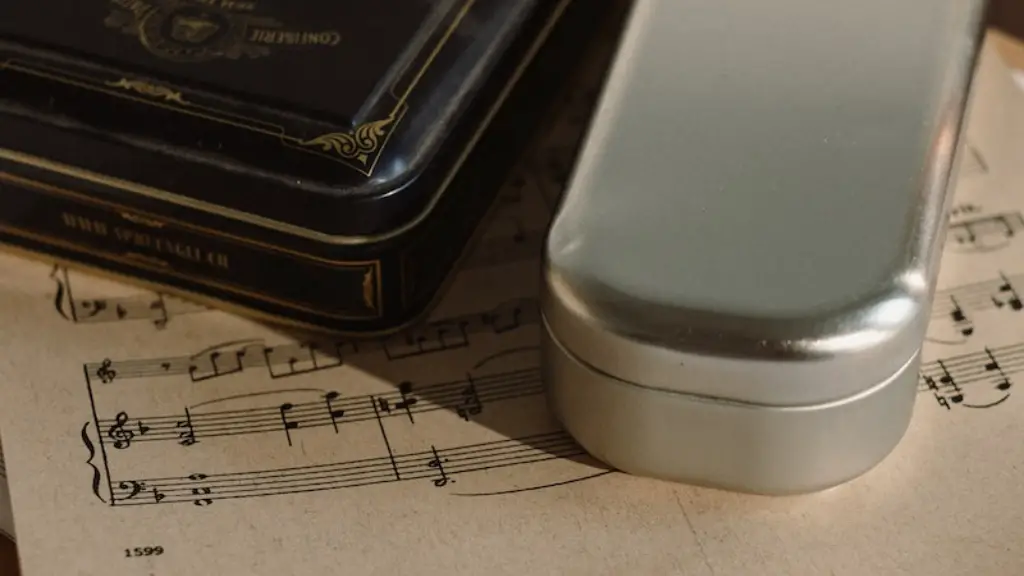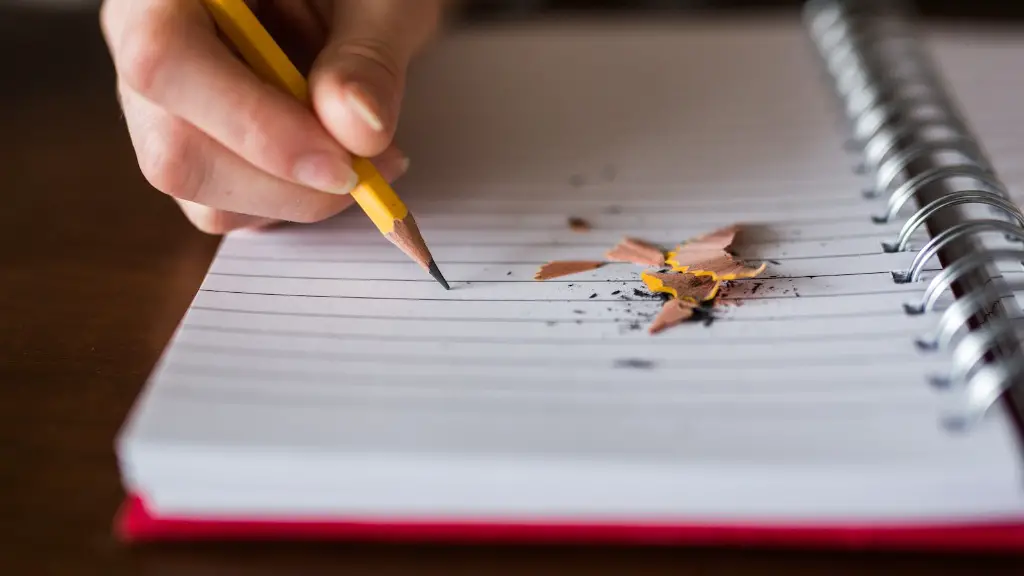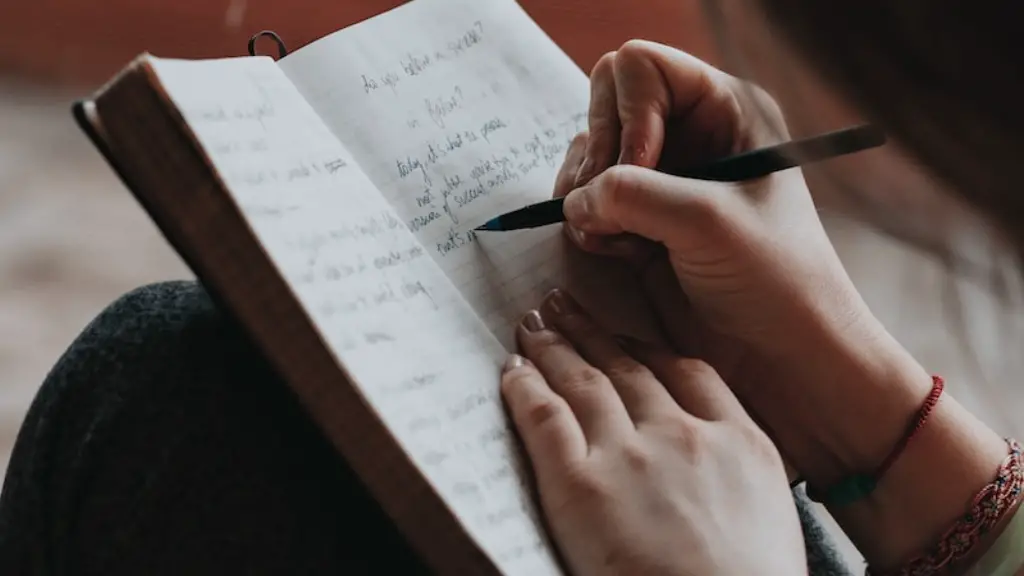What Is Dramatic Poetry Definition?
Dramatic poetry is a form of poetry which conveys a certain story or narrative through the use of different literary devices such as dialogue, characterization, and action. This kind of poetry often contains elements of suspense and surprise. It is particularly notable for its use of controversial themes and its combination of beauty, power, and intensity.
The term “dramatic poetry” was first used in the sixteenth century to refer to a specific form of poetry, often featuring a scene involving two or more protagonists. Although dramatic poetry was initially associated with a specific genre of poetry, the term is now generally used to refer to all kinds of narrative, storytelling poetry, regardless of its tone or style.
Dramatic poetry has been used by writers in many different cultures throughout history, such as the Ancient Greeks and the Romantic poets of the 19th century. Many famous plays and novels, such as Othello, Romeo and Juliet, and Macbeth were written in a dramatic poetry format.
In most cases, dramatic poetry follows the conventions of plays and dramas. The narrative is often presented as a dialogue between characters and is divided into distinct acts, scenes, and speeches. It typically explores emotional topics, and often contains elements of suspense and surprise.
One of the primary characteristics of dramatic poetry is the use of metaphor. Metaphors are figures of speech which convey a deeper meaning than the literal words. Metaphors are used to emphasize certain ideas or to make a comparison between two things, often with exciting or vivid imagery.
Another key element of dramatic poetry is the use of hyperbole. Hyperbole is a type of exaggerated or over-the-top speech which is used to emphasize a point or emotion. This type of language often elicits an emotional reaction from the reader. It is often used in dramatic poetry to increase the tension or suspense or to make a point more clearly.
The use of irony is also common in dramatic poetry. Irony is when a statement conveys a meaning that is opposite to its literal meaning. This device can be used to create a contrast between the expectations of the reader and the actual outcome of the poem’s narrative.
Finally, dramatic poetry often uses diction to convey powerful emotions. Diction is the choice of words used by a speaker or writer to express an idea or emotion. Word choice can dramatically impact the tone and feel of a poem. Dramatic poets often use language with powerful connotations which evoke strong feelings in their readers.
Varieties Of Dramatic Poetry
Although dramatic poetry is a broad genre, there are several specific types of dramatic poetry. One of the most well-known varieties is the tragedy. Tragedy is a genre of dramatic poetry which focuses on the downfall or death of the protagonist, typically due to human error or fate. Famous examples of tragedy include Shakespeare’s Macbeth and Hamlet.
Another variety of dramatic poetry is the pastoral. Pastoral poetry was particularly popular in the Renaissance era and focuses on the beauty of the natural world. This genre often features happy, idyllic scenes of peasants and shepherds. Notable examples include Edmund Spenser’s The Shepherd’s Calendar and William Wordsworth’s The Prelude.
A third variety of dramatic poetry is the heroic epic. This type of poetry celebrates the heroic deeds of a renowned champion, often combined with a larger narrative. Notable examples of heroic epic include Beowulf and The Odyssey by Homer.
Significance Of Dramatic Poetry
Dramatic poetry has long been a popular form of storytelling, as evidenced by its history of use in many different cultures. This form of art allows both the author and readers to convey powerful emotions and ideas in a succinct and meaningful way.
Dramatic poetry often conveys powerful messages about the human condition and explores universal themes such as suffering, love, justice, and death. By exploring complex topics and situations, dramatic poetry enables readers to gain insights into their own circumstances and experiences.
Furthermore, the different literary devices used in dramatic poetry can be extremely effective in conveying powerful emotions and ideas. Metaphors, hyperbole, and irony in particular can be used to add depth, mystery, and surprise to a poem. This can make a poem particularly memorable and impactful.
Finally, dramatic poetry can be used to educate and inform readers. By exploring controversial topics and calling attention to difficult issues, dramatic poetry can be an effective form of social commentary.
The Use Of Syllable Counting In Dramatic Poetry
One of the most important aspects of creating effective dramatic poetry is counting syllables. Syllable counting is a technique used by many poets to structure their poems and ensure that they comply with certain rules or conventions.
The most common method of counting syllables is to break a poem down into lines, each line containing a certain number of syllables. For example, the classic “five-line poem” is composed of five lines, each with seven syllables, resulting in a total syllable count of thirty-five. This type of poem is known as an Eastern Quatrain and is commonly used in dramatic poetry.
Certain forms of dramatic poetry, such as the Elizabethan sonnet and the Petrarchan sonnet, require specific syllable counts. Each of these forms requires fourteen lines with specific syllable counts in each line. For example, the Petrarchan sonnet consists of two quatrains and two rhyming lines of six syllables each. The Elizabethan sonnet uses three quatrains and one couplet of six syllables each.
Characteristics Of Effective Dramatic Poetry
In order for a dramatic poem to be successful, it must contain certain features and capture the reader’s attention. The use of vivid imagery, powerful diction, and effective literary devices are all essential for creating a strong, memorable poem.
The narrative of a dramatic poem should come alive in the reader’s mind and evoke an emotional response from them. The poem should have a clear beginning, middle, and end and should contain characters, conflict, and resolution.
The language used in a dramatic poem should be carefully crafted to create the desired effect. Words should be chosen to create a certain mood or atmosphere and to evoke deep feelings in the reader. Metaphors and hyperbole should be used sparingly but effectively.
Finally, the pacing of a dramatic poem should be carefully considered. The poem should move along at an engaging pace with a rhythm and flow of words.
Themes In Dramatic Poetry
Dramatic poetry often deals with themes related to love, death, and other intense emotions. The most common themes are universal, meaning that they are applicable to a variety of audiences and cultures.
Common themes include the importance of justice, the fragility of life, and the power of love. Dramatic poetry also often explores themes of tragedy, sorrow, and sorrowful endings. These themes can be used to create powerful and memorable stories.
Other popular themes in dramatic poetry are betrayal, jealousy, and the search for identity. These themes can be used to explore the complexities of human relationships and to convey intense emotions.
Techniques Used In Dramatic Poetry
A number of techniques are used in dramatic poetry to create an effective narrative. These techniques include characterization, dialogue, and action.
Characterization is the process of creating believable characters. In dramatic poetry, this can be done by introducing characters through dialogue, descriptions of their physical appearance, or by revealing their thoughts and feelings.
Dialogue is an effective way to bring characters to life in a poem. Dialogue will typically involve two or more characters exchanging words and can be used to create suspense or conflict.
Action is also important in dramatic poetry. Action can be used to create tension and suspense, as well as to progress the narrative. Actions can also be used to reveal character traits or to convey powerful emotions.
Examples Of Dramatic Poetry
A number of well-known poems have employed the use of dramatic poetry. William Shakespeare’s Sonnets are a notable example of this form. Other famous examples of dramatic poetry include Lord Byron’s Childe Harold’s Pilgrimage and Alfred Tennyson’s The Lady of Shalott.
More modern examples of dramatic poetry include Seamus Heaney’s The Hunt and Billy Collins’ The Lanyard. These poems explore themes of love and death in a compelling and dramatic way.
Finally, Sylvia Plath’s Lady Lazarus is a powerful example of dramatic poetry. This poem deals with themes of death and rebirth and uses vivid imagery and powerful language to explore intense emotions.


